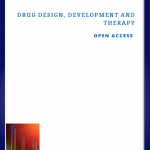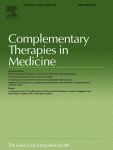Vandana Roy
Time to sensitize medical graduates to the Indian Systems of Medicine and Homeopathy
Indian J Pharmacol, 2015, 47 (1), 1-3
âTraditionalâ? medicine is a system of medicine that has been practiced in its country of origin for many years, while âcomplementary and alternativeâ? medicine (CAM) refers to a traditional system of medicine that is practiced in a country other than the country of its origin, like Tibetan medicine when practiced in India.[1] Traditional medicine includes diverse health practices, approaches, knowledge and beliefs. It often integrates indigenous plant, animal and mineral based medicines. It may involve spiritual healing practices, manual techniques and exercises. These are used to treat or prevent illness. In India, Traditional medicine and CAM has been used for thousands of years for prevention, diagnosis and treatment of a wide variety of illness. It now provides an important health care service to patients, especially those with limited geographic or financial access to the âModern System of Medicineâ? (allopathic medicine).[1]India has a rich and living tradition of healing. A vast amount of medical knowledge has evolved in India over thousands of years, through trial and error, exchange and assimilation between diverse cultures. Some of these evolved systems are Ayurveda, Unani, Siddha, Yoga and Naturopathy. Ayurveda has existed in India since about 4000 BC. The other systems also date back to hundreds of years. Homeopathy, although of German origin, is also widely practiced in India. Many of these systems also take into consideration psychological, ethical, philosophical and spiritual well-being of a person. They encourage healthy living, which is living in harmony with nature. These concepts resonate with the World Health Organization's definition of health.







